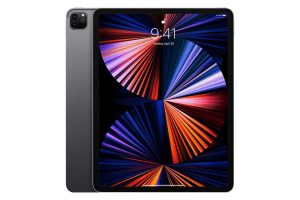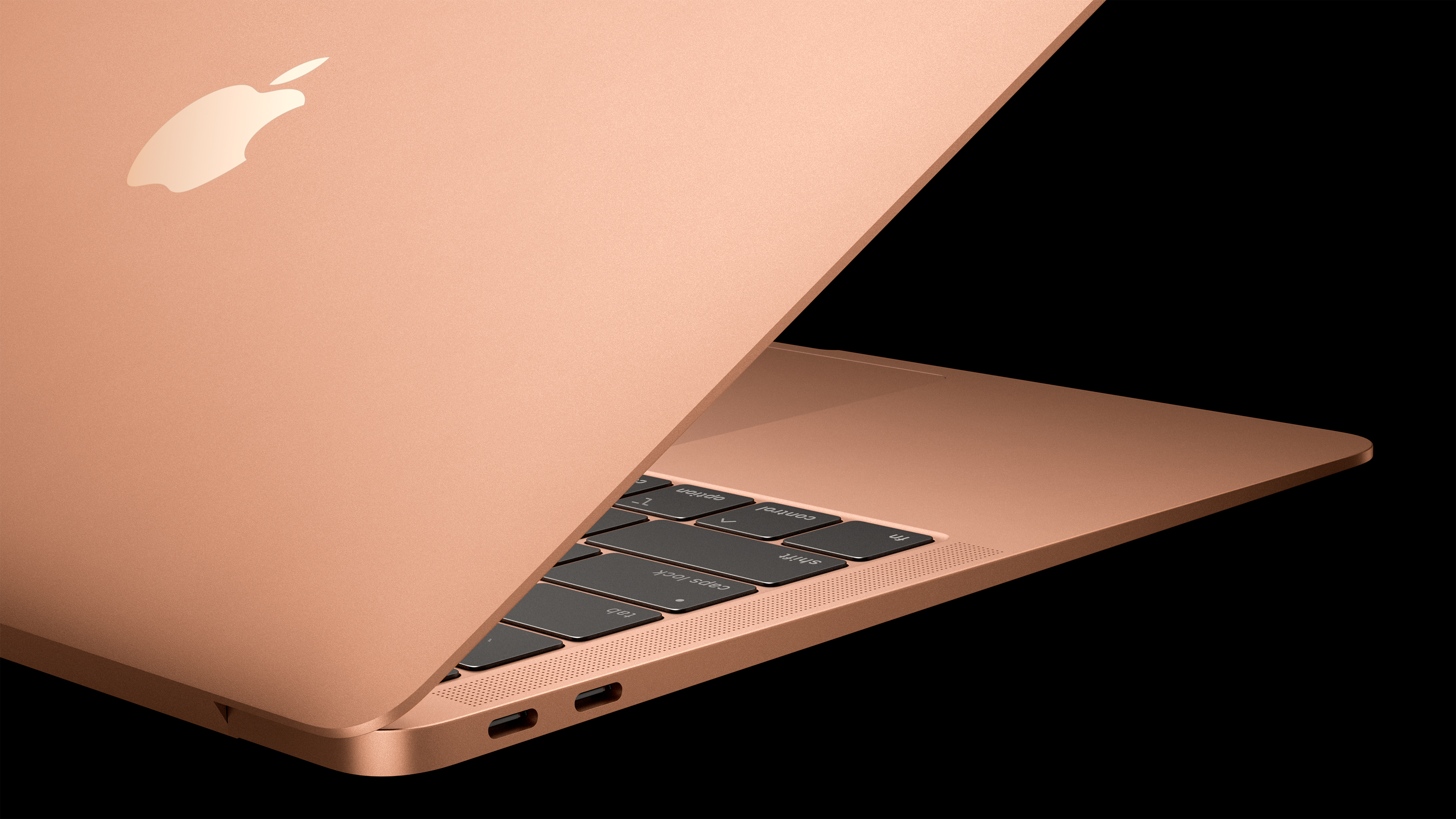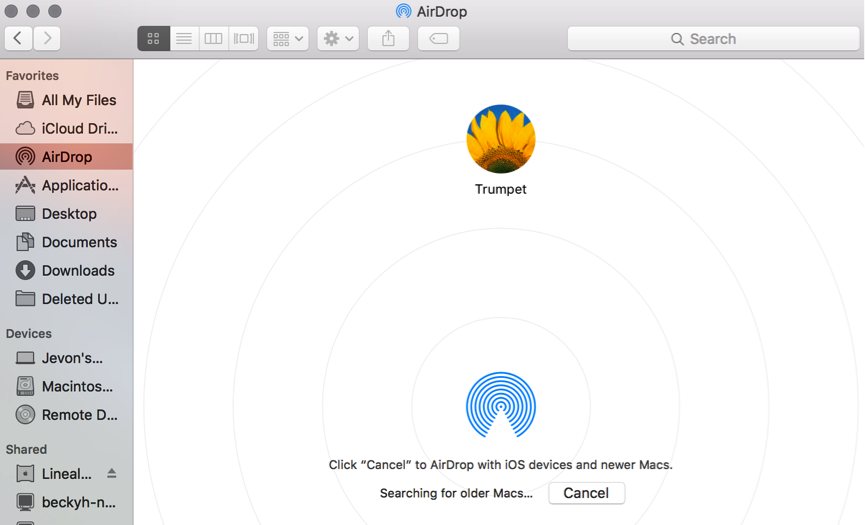Apple’s have announced new iPads with some striking headline achievements, including lightning fast M4 processing and impressive environmental credentials.
In a ‘Let Loose’ event, the company debuted the new iPad Pro and iPad Air in different sizes, with some astonishing performance statistics and lower pricing for advanced features.
The new iPad models also boasts a significant environmental achievements – using 100% recycled aluminium, 100% recycled rare earth elements , tin and gold plating. Free of mercury and PVC, the packaging is also 100% fibre-based to minimise plastic waste.
We’ve written before about Apple’s ambitious plans for using recycled materials throughout its products – including heavy use of recycled cobalt, aluminium, tin, and gold across batteries, circuit boards and magnets by 2025.
The new M4 processor is thought to deliver up to 1.5x faster CPU performance over the M2 in previous generations, and supports an Ultra Retina XDR OLED display, which Apple claims is the world’s most advanced – aimed squarely at artists and other creatives in line with the release of a new Apple Pencil Pro model containing a gyroscope, that can even simulate the delicate twist of a paintbrush.
Each new iPad version will be available to purchase from the 15th May.
For Apple advice and expertise, please contact our team today.







